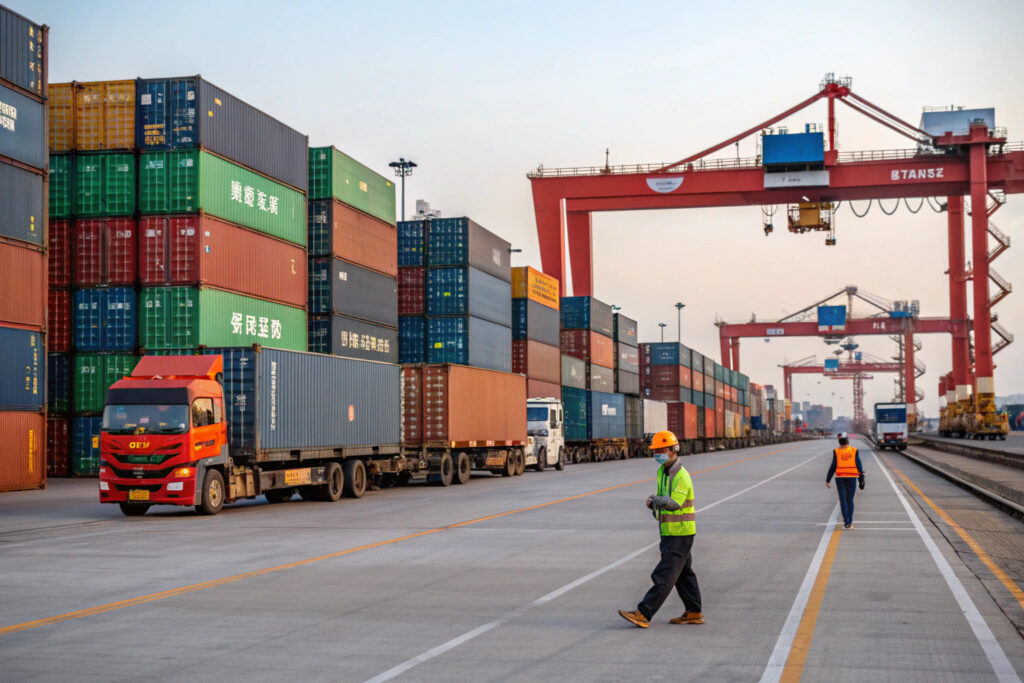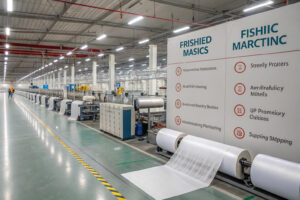Exporting fabric masks from China is not just about finding the right buyers or ensuring product quality. In today’s market, the speed and efficiency of logistics can make or break a deal. For manufacturers like us in Keqiao, Zhejiang, the “Belt and Road” initiatives have transformed how we ship to 50+ countries, especially when dealing with tight deadlines and high-volume orders.
By upgrading infrastructure, streamlining customs, and opening new trade routes, Belt and Road projects have reduced both transit time and costs for our global clients. This has allowed us to meet stricter delivery schedules for clients in the U.S., Europe, and Russia without sacrificing quality or service.
With the competition for mask exports intensifying after the pandemic, understanding how these initiatives affect logistics is essential. Let’s explore the concrete benefits, challenges, and future opportunities they create for our industry.
Faster Shipping Routes for Mask Exports
Faster logistics is one of the clearest advantages of Belt and Road infrastructure for exporters like us. Reduced transit times mean we can respond to urgent orders with far less stress, and clients can launch seasonal or trend-driven mask collections faster.

How Has the China-Europe Railway Changed Delivery Times?
Before the China-Europe Railway gained momentum, shipping to major EU hubs relied almost entirely on ocean freight, which could take 35–45 days. Now, with rail routes under the Belt and Road framework, transit times are cut to around 18–22 days. For European buyers of seasonal mask collections, this means launching in time for peak sales. Rail also offers more stability during maritime congestion, such as the 2021 port backlogs. Additionally, many logistics providers now integrate real-time cargo tracking to ensure transparency throughout the journey.
Can Shorter Routes Lower Overall Shipping Costs?
While rail freight can cost more than ocean per unit, the ability to save two to three weeks in delivery time often offsets the expense, especially for high-value or time-sensitive shipments. The Belt and Road investments in dry ports, intermodal hubs, and customs clearance also reduce hidden costs like demurrage or warehouse fees. As logistics companies adapt to these faster routes, we see more competitive rates for bulk mask exports, particularly when paired with consolidated shipments.
Enhanced Customs Clearance and Trade Facilitation
The Belt and Road is not just about building railways and ports. It also focuses on harmonizing customs procedures across participating countries, making cross-border trade smoother.
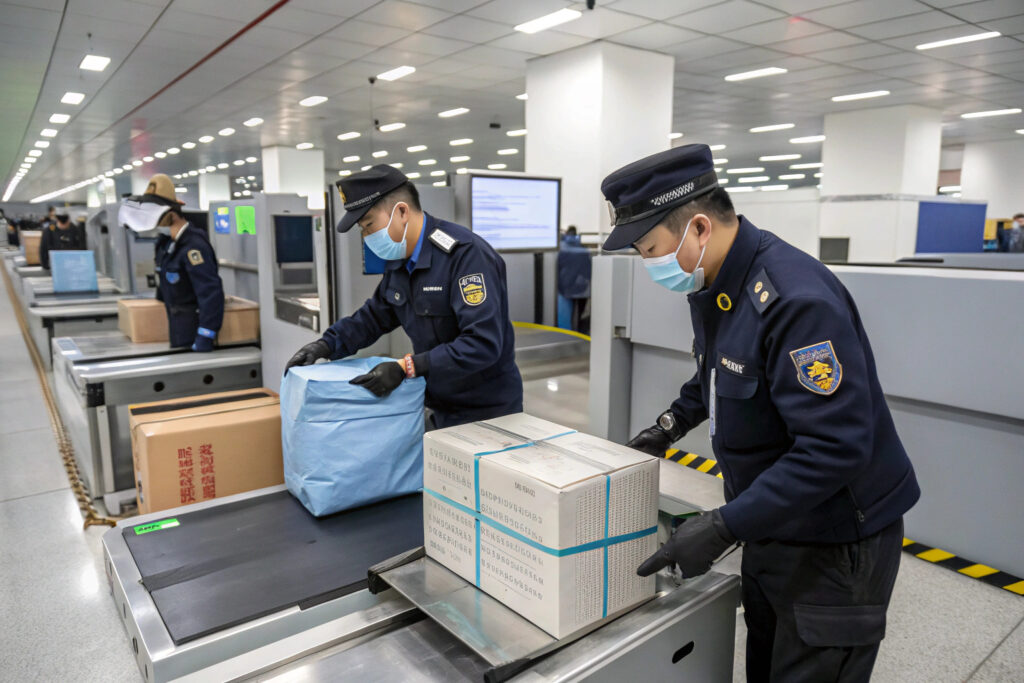
How Do Standardized Procedures Help Mask Exporters?
For fabric mask exporters, delays at customs can disrupt entire sales cycles. Belt and Road agreements often include mutual recognition of inspection certificates, which means that once our products pass China’s export checks, partner countries accept them without repetitive testing. This speeds up clearance in destinations like Kazakhstan, Poland, and Germany. Trade facilitation policies also help by reducing document requirements, lowering the risk of administrative bottlenecks.
Are Digital Customs Systems Making a Difference?
Yes. The rollout of digital customs platforms across Belt and Road countries allows electronic submission of shipping documents, reducing processing times from days to hours. For clients in the U.S. who use transshipment hubs in Europe or Asia, this means masks clear faster, even when passing through multiple jurisdictions. Faster clearance directly supports just-in-time inventory strategies.
New Market Access for Chinese Mask Manufacturers
The expansion of Belt and Road corridors has opened markets beyond traditional partners like the U.S. and EU, creating new opportunities for mask exporters.
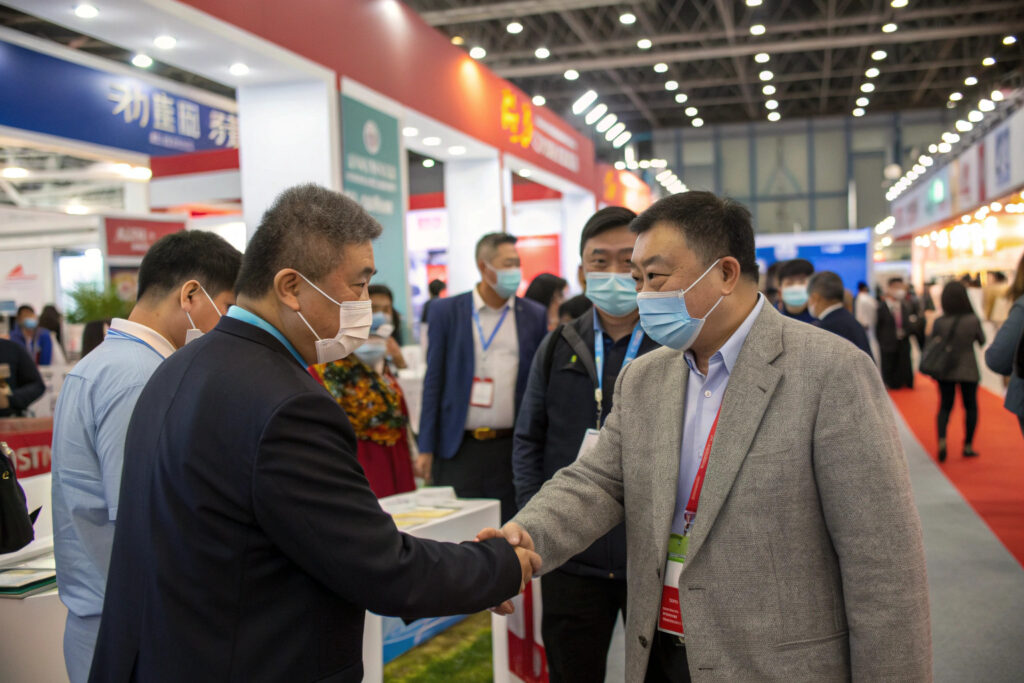
Which Emerging Markets Are Showing Growth?
Countries in Central Asia, the Middle East, and Eastern Europe have shown increasing demand for high-quality, reusable masks. As these regions receive improved logistics links through Belt and Road investments, our shipping costs drop and reliability rises. For example, Turkey’s logistics hubs now connect seamlessly to China’s rail network, making it easier to fulfill both wholesale and smaller batch orders.
How Do Free Trade Agreements Complement Belt and Road?
Some Belt and Road countries also have bilateral or regional trade agreements with China, reducing tariffs on textile products. For instance, under the Regional Comprehensive Economic Partnership (RCEP), fabric masks entering certain ASEAN countries enjoy preferential rates. Information from China’s Ministry of Commerce helps us identify where these advantages apply, further lowering landed costs for our partners.
Risk Management and Logistics Resilience
Even with improved infrastructure, exporters must manage risks like route disruptions, regulatory changes, and global shipping crises.
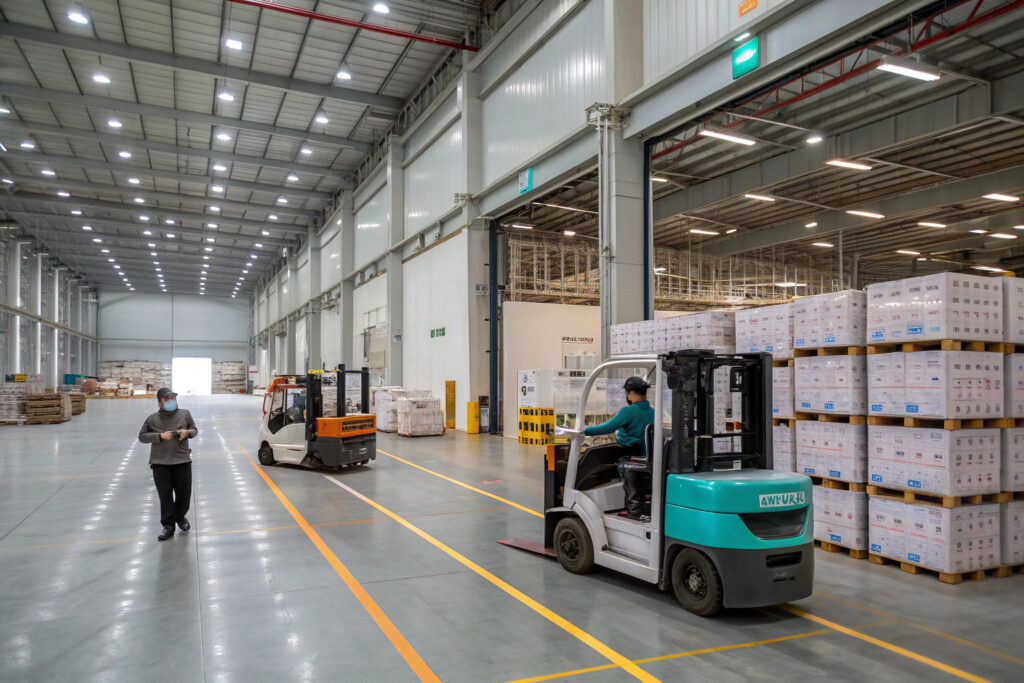
How Can Diversified Routes Reduce Risk?
The Belt and Road offers multiple transport corridors—rail, sea, and road—so if one is disrupted, we can quickly switch to another. For example, during Suez Canal congestion, we redirected shipments to the China-Europe rail network without significant delays. This flexibility is a key reason clients trust us with time-sensitive mask deliveries. Tools like global freight monitoring help us choose the best route in real time.
What Role Does Local Warehousing Play in Stability?
Some Belt and Road initiatives support overseas warehouses in key markets, enabling us to store buffer stock closer to end customers. This ensures faster last-mile delivery and helps avoid missed deadlines. We also use bonded warehouse zones where products can be held tax-free until final sale, as outlined by international trade guidelines. This reduces both storage and tax liabilities for large mask orders.
Conclusion
The “Belt and Road” initiatives are far more than a political slogan—they have reshaped the way Chinese fabric mask exporters like us do business. Faster shipping routes, harmonized customs, access to new markets, and stronger risk management tools have made it easier for us to serve global buyers efficiently.
If you are planning to launch or scale your own fabric mask line and want a partner who can leverage these advantages, contact our Business Director, Elaine, at elaine@fumaoclothing.com. We can turn your ideas into products and deliver them anywhere your customers are waiting.

